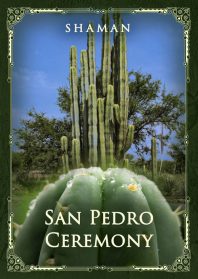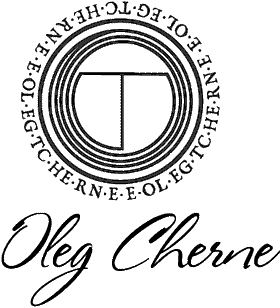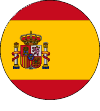San Pedro Ceremony: Introduction

The San Pedro ceremony is one of the most complex and challenging shamanistic ceremonies of the ancient Andes. San Pedro is a very potent medicine with an effect that lasts twice as long as ayahuasca.
Of the two, Ayahuasca is the feminine and San Pedro is the masculine one. Ecuadorian shamans say that ayahuasca helps people perceive their barriers and what they need to change in themselves, whereas huachuma (the drink made from San Pedro) gives the person true power to make certain changes.
San Pedro penetrates right into the depths of your body, overcoming the defences of the mind and the resistance of the self. And while Ayahuasca is an inner journey into the universe within you, San Pedro is more of an external journey that shows us how other dimensions fit into our physical reality and also helps us to see the multi-dimensionality of our nature. San Pedro does not affect motor skills as much as ayahuasca, so you can move around normally and meet your physical needs during your journey with San Pedro.
San Pedro (Echinopsis pachanoi) is a tall columnar cactus native to the Andes Mountains of South America (Argentina, Bolivia, Colombia, Chile, Ecuador and Peru). The San Pedro cactus has been an important element of the spiritual ceremonies of numerous indigenous cultures for thousands of years. In the context of these ceremonies, the San Pedro experience is known to be empathic and potentially life-changing, as it promotes introspection, inner healing, and a sense of inner awe.
Traditionally, San Pedro was consumed either on its own or with other plants in a special ceremonial drink. It is crucial that the San Pedro ceremony is carried out with a qualified curandero (healer). These ceremonies often last all night and are repeated over several days. Curandero shamans may use other plants in addition to San Pedro.
Ceremonies traditionally take place on the so called “altar of healing” – a special hill covered with various objects of power, such as ancient artifacts, stones, signs, etc. Usually, they are divided into three zones, or fields, according to their energy alignment – positive (giving life), negative (taking away death) or neutral.
During the ceremony, before drinking San Pedro, participants are cleansed with a “flourishing bath” (baño de florecimiento) and often sniff tobacco. After that, each participant is trained and instructed by the curandero.
Whatever happens during the ceremony, all the beneficial effects are usually attributed to the plant and not to the healer or shaman. The healer is considered to be the medium “activated” by the cactus so as to stimulate the patient’s five senses through music, perfume, symbols, and other ritual elements.
During the ceremony, the differences between body and mind fade into the background. Healers can recognize the medical causes of disease and even apply pharmaceutical drugs, but they usually go beyond the purely physical and search for the underlying spiritual cause of the disease.
Modern researchers tend to formulate this in psychosomatic terms, viewing illness as a thought-form and the plant’s action as an opportunity to see the origin of their own illness without external judgment or interpretation.







